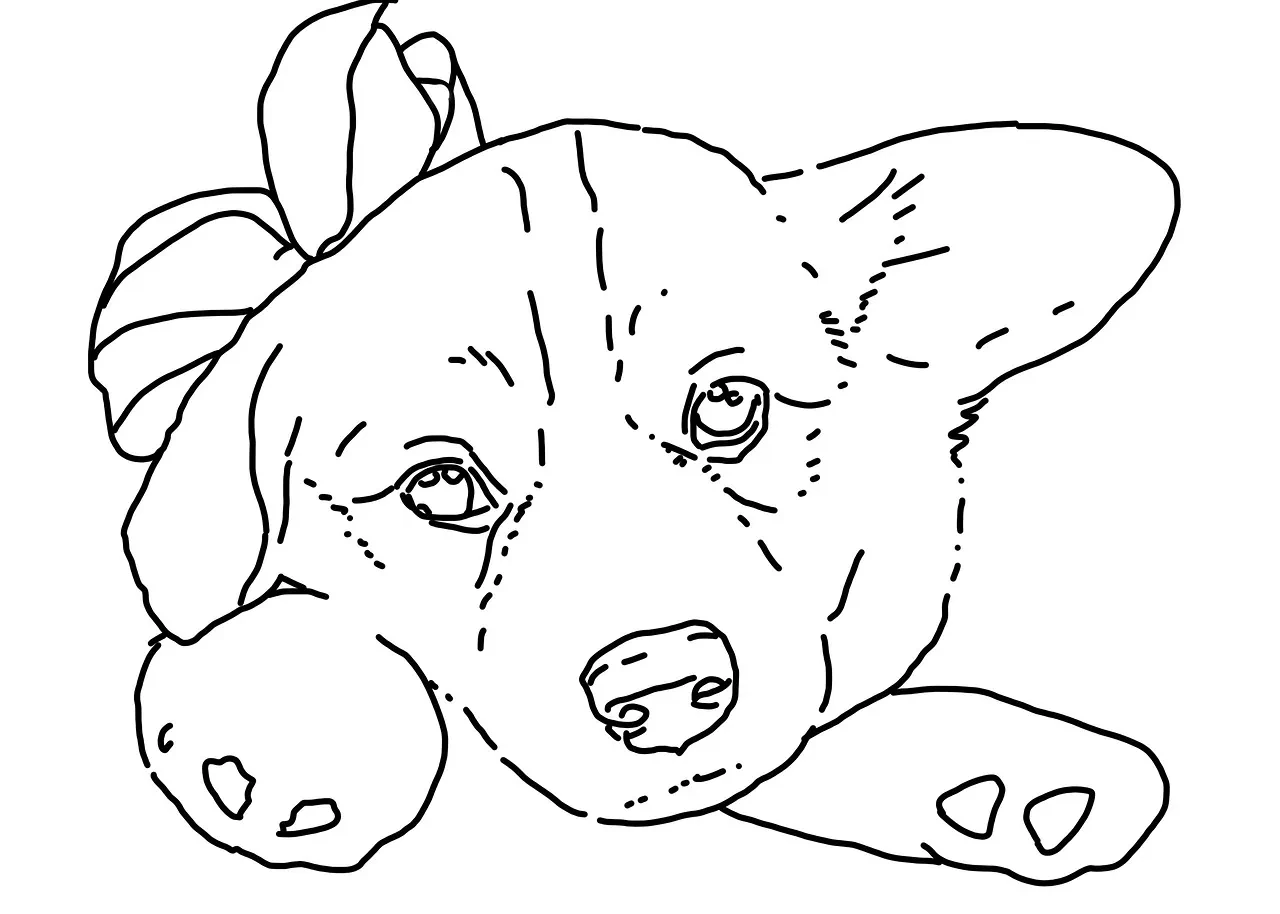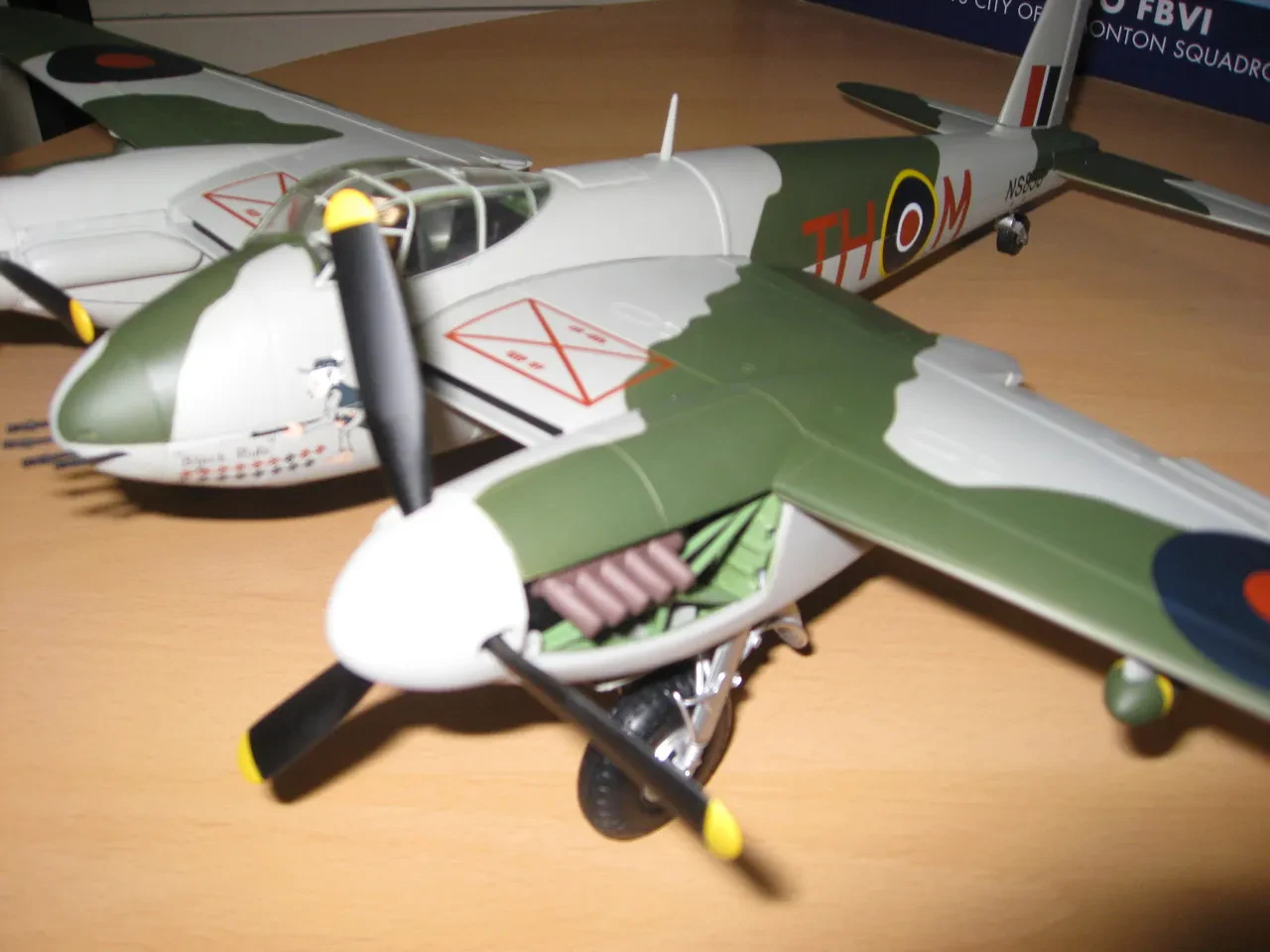Alright folks, gather ‘round! Today we’re diving headfirst into the captivating world of the Corgi diecast Mosquito. For those unfamiliar, the Mosquito was a twin-engine, multi-role combat aircraft employed by the British during the Second World War. It was known for its speed and versatility, and now, decades later, it’s equally renowned as a cherished diecast model from Corgi Toys.

Corgi Toys, a name synonymous with quality and nostalgia, produced a number of Mosquito models over the years. These weren’t just toys; they were meticulously crafted representations of a legendary aircraft, capturing the essence of the Mosquito in miniature form. Whether you’re a seasoned collector or a curious newcomer, there’s something undeniably appealing about these little diecast gems.
A Brief History of the Corgi Mosquito
The Corgi Mosquito first took to the skies (or rather, the toy shelves) in the late 1950s and early 1960s. The initial releases were highly detailed for their time, featuring realistic paint schemes, rotating propellers, and often some interactive elements. These early models quickly became popular, capturing the imaginations of children and adults alike.
Over the years, Corgi released different variations of the Mosquito, each with its own unique features and markings. Some were based on specific Mosquito aircraft that saw action during the war, adding an extra layer of historical significance to the models. Collecting these variations has become a popular pursuit for many diecast enthusiasts.

Identifying Different Corgi Mosquito Models
So, how do you tell one Corgi Mosquito from another? Well, a few key details can help you identify the specific model you have. Look closely at the paint scheme, the markings on the fuselage, and any special features, such as opening bomb bays or moving turrets.
- Model Number: Check the base of the model for a stamped number. This is often the most reliable way to identify the specific Corgi release.
- Paint Scheme: Different Mosquito models were painted in various camouflage patterns and colors. Research specific aircraft from the era to match the paint scheme to a real-life counterpart.
- Markings: Look for squadron codes, serial numbers, and other markings on the fuselage. These can provide clues about the aircraft’s history and the specific model’s inspiration.
- Features: Some Corgi Mosquitos had unique features, such as retractable landing gear, rotating propellers, or working bomb bays. These features can help differentiate between different models.
Don’t forget to check the original box! The box art and printed information can provide valuable details about the model, including its release year and specific features. A box in good condition can also significantly increase the value of your Corgi Mosquito.
The Collectibility of Corgi Mosquitos in 2024
In 2024, Corgi diecast Mosquitos remain highly sought after by collectors. The value of a particular model depends on several factors, including its rarity, condition, and whether it still has its original box. Models in pristine condition with original packaging can fetch significant prices at auctions and online marketplaces.
Rarity plays a huge role. Certain variations of the Corgi Mosquito were produced in smaller numbers, making them more difficult to find and therefore more valuable. Keep an eye out for models with unusual paint schemes or markings, as these may be particularly rare.
Condition is also crucial. A Corgi Mosquito that has been well-preserved, with minimal scratches or damage, will be worth more than one that has been heavily played with. Storing your models properly can help maintain their condition and protect their value over time.

Tips for Buying and Selling Corgi Mosquitos
If you’re looking to buy a Corgi Mosquito, do your research! Familiarize yourself with the different models and their approximate values before making a purchase. Check online marketplaces, attend toy shows, and consult with experienced collectors to get a sense of the current market.
When buying online, be sure to examine the photos carefully and ask the seller questions about the model’s condition. Pay attention to details such as scratches, paint chips, and missing parts. If possible, request additional photos or a video of the model to get a better sense of its overall condition.
If you’re selling a Corgi Mosquito, be honest about its condition. Accurately describe any flaws or imperfections, and provide clear photos that show the model from all angles. Transparency will build trust with potential buyers and ensure a smooth transaction.
Remember to factor in shipping costs when buying or selling. Corgi Mosquitos can be delicate, so it’s important to pack them carefully to prevent damage during transit. Use plenty of bubble wrap and a sturdy box to protect your precious cargo.
Beyond the Model: The Legacy of the Mosquito
The Corgi Mosquito is more than just a diecast toy; it’s a tangible link to a fascinating piece of aviation history. The Mosquito was a remarkable aircraft that played a vital role in the Second World War, and the Corgi models help keep its memory alive. They serve as reminders of the ingenuity and courage of the men and women who designed, built, and flew these incredible machines.
Whether you’re a seasoned collector or just starting out, the world of Corgi diecast Mosquitos offers a rewarding and enriching experience. So, go ahead, take a trip back in time and discover the magic of these miniature masterpieces!
Happy collecting, and may your skies be filled with Corgi Mosquitos!
